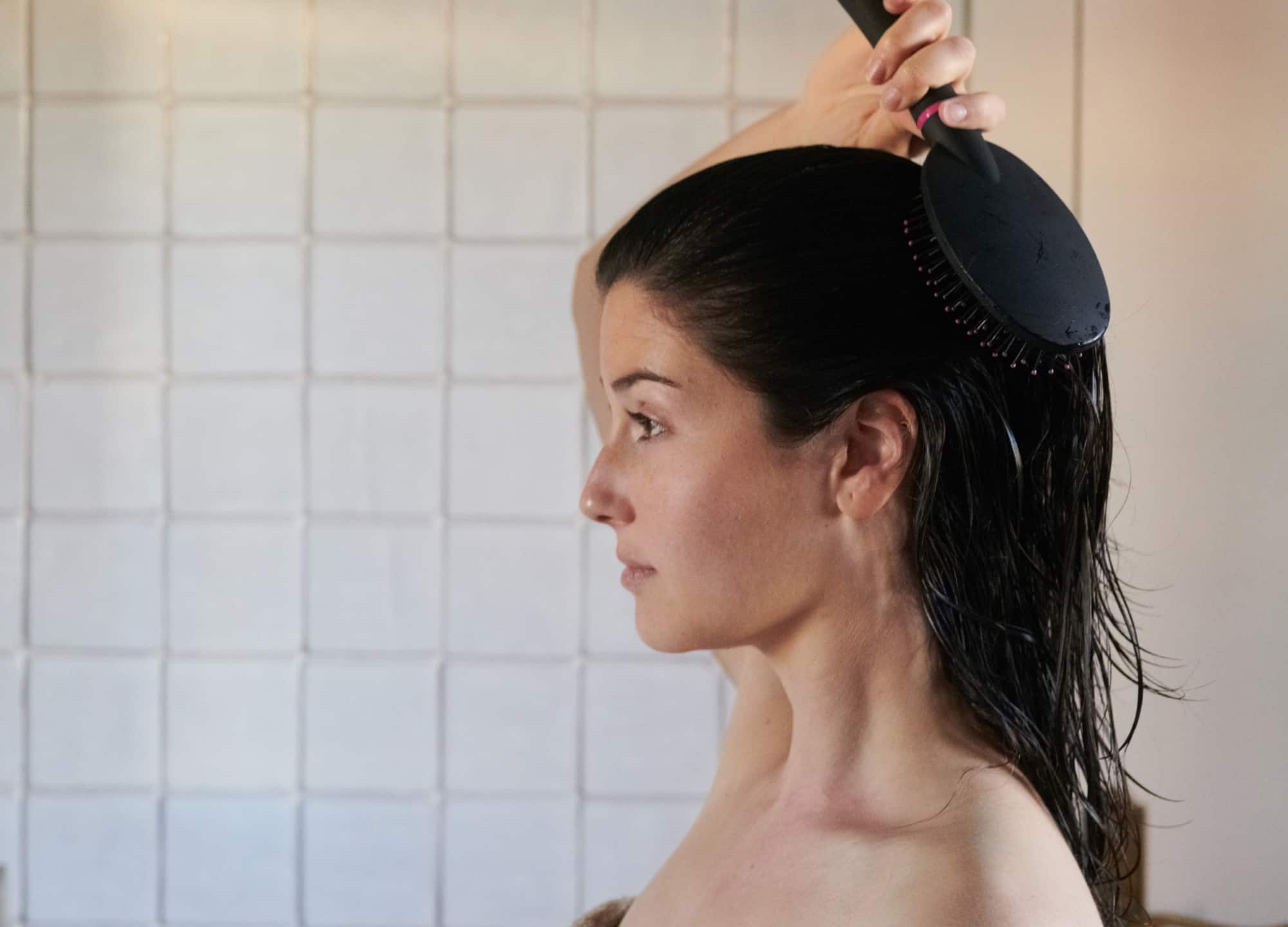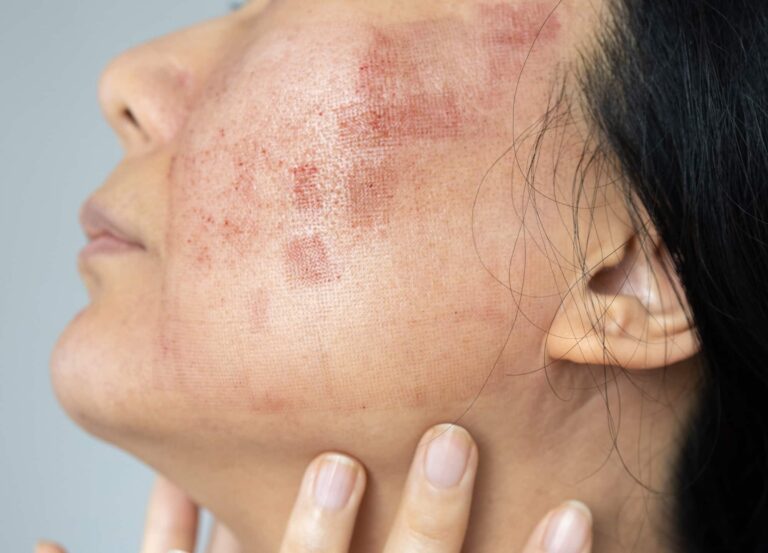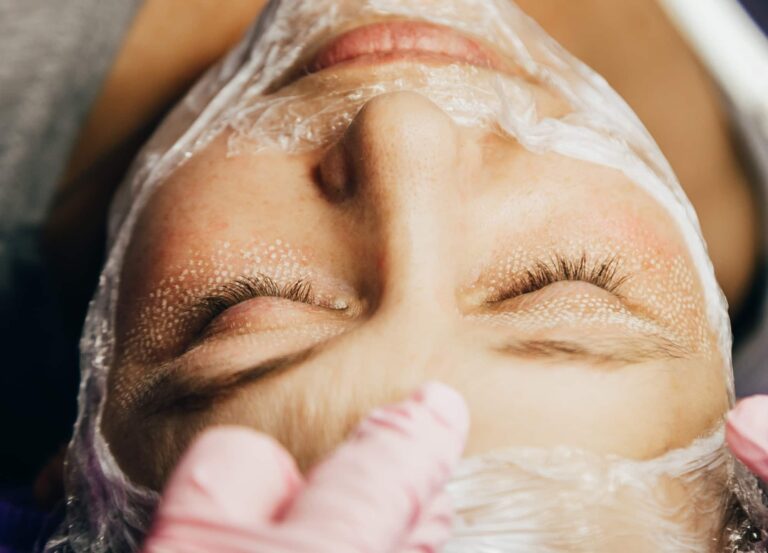Our annual Most Worth It list recognizes the most-loved aesthetic procedures—from noninvasive tweaks to the gold standard in surgery—as chosen by RealSelf community members like you. This story highlights one or more of the 44 Most Worth It honorees for 2022; you can see the full list and learn more about patients’ favorite procedures here.
Kallie was getting ready for a night out when she suddenly noticed that her scalp was showing a lot more than it normally did. Up until then, she hadn’t noticed any issues with her hair, despite all the processing, extensions, and heat damage she had been putting it through since her teen years. Then suddenly, at 23 years old, she found herself experiencing a shocking hair loss. “It was showing so much that I had to change how I parted my hair, and I found myself fixating on this growing bald spot,” Kallie says. Losing her hair was almost like losing her identity, and it made her feel depressed. “My hair felt like such a huge part of who I was, and so much of my femininity felt tied to it. To see my part getting wider, with more scalp showing, and [to be] forced to style my hair in one way and not another—my self-confidence took a huge hit,” she admits.
Kallie is not alone. According to the U.S. National Library of Medicine, female-pattern baldness, known as androgenetic alopecia, affects an estimated 30 million women in the United States, so it’s much more common than you might think. However, the way society views hair loss differs greatly between men and women. Historically, baldness has been commonly associated with men and linked to their natural course of getting older. “Men are kind of accustomed to having hair loss. It’s part of normal aging, but when it happens to women, it’s much more significant and traumatic,” explains Dr. Sean Behnam, a hair restoration surgeon based in Santa Monica, California. “Unfortunately, hair loss is seen as shameful or embarrassing for some women. They’re scared that other people will judge them.”
The good thing is, female hair loss, and the shame that accompanies it, is something that is being talked about more lately. In January, former talk show host Ricki Lake revealed that she had been suffering “mostly in silence” about her hair loss for the past 30 years. “It has been debilitating, embarrassing, painful, scary, depressing, lonely, all the things. There have been a few times where I have even felt suicidal over it. Almost no one in my life knew the level of deep pain and trauma I was experiencing,” she wrote in an Instagram post. Rep. Ayanna Pressley of Massachusetts also recently shared that she has alopecia, an autoimmune disease that causes hair loss. “I felt naked, exposed, vulnerable. I felt embarrassed. I felt ashamed. I felt betrayed,” Pressley said.
In July 2019, influencer Dani Austin posted a YouTube video in which she admitted that her hair had been slowly falling out over the years and that she had been secretly wearing a wig. “I don’t know how to explain what it feels like to be a blogger, where your image and job is to look a certain way, with perfect hair and cute clothes [every day], and to be losing your hair,” she shared. Doctors are also reporting that women patients are being more candid about their hair loss as well as the treatments they choose to undergo. Dr. Jae Pak, a Los Angeles–based hair restoration surgeon, finds that many of his female patients will leave reviews and post photos on their social media feeds. “Women seem to take charge of their issues and seek out surgery, once they know it is available, and seem to freely discuss their results and share, more so than men,” he says.
What causes female hair loss?
While Pressley’s hair loss was due to a health condition, for many women, it’s not always easy to nail down the root cause. “My doctor ran several tests, to see if the hair loss was due to anything more serious, like my thyroid or hormones, but everything came back normal. My doctor said it was likely hereditary—my dad suffered hair loss, too—or related to stress,” Kallie says. Lake believes her hair loss was a combined result of heavy hair processing, extreme dieting, hormonal birth control, pregnancy, stress, and genetics. Austin also thinks her hair loss was a mix of things, including being on Accutane, her old habit of pulling her hair out when she was stressed in college, and, finally, bleaching her hair and getting extensions. For black women in particular, traction alopecia is a frequently seen hair loss condition. Dr. Behnam says this type of baldness, which usually occurs on the sides of the hairline, is caused by the stress of pulling from braids, weaves, extensions, cornrows, and other tight hairstyles.
Related: 10 Ways to Get Ahead of Hair Loss
However, hereditary hair loss is, in fact, the most common cause among women. “As some women age, their genetic predisposition starts to show—like gray hair, eyesight issues, etc.,” Dr. Pak explains. “These traits show up with what was coded in your DNA. These women slowly lose hair on top and [see it] thin out, but their hairline is usually spared and they never go completely bald, like men.” Pak adds that some women’s hair does thin out all over their scalp as they age, especially with hormonal changes after menopause, and that some patients may also have other medical conditions, such as low thyroid levels, that make their genetic-based hair loss even worse.
After hair loss supplements, diet changes, and stress management didn’t give her the results she had hoped for, Kallie decided on a hair transplant. “My hair continued to shed and get thinner, so I felt my next step was to research a permanent, more invasive solution,” she said, adding that she had previously heard only about men getting hair transplants. She began doing her research on Google and RealSelf and says she found comfort in knowing that there were many other women dealing with the same issue. She ended up going with a doctor who had worked with many women before. “He felt like the right fit for me,” she said.
Dr. Behnam says that 30% of his hair transplants are done on women, while other options he offers for hair loss treatment include oral and topical medications, platelet-rich plasma (PRP), or stem cell injections. It’s similar for Dr. Pak, who reports more women coming into his practice for surgery. “For me, women patients have increased dramatically, from 20–30%, as more come in for eyebrow transplants and hairline lowering,” he says. (The women he sees for hairline lowering typically don’t have hair loss issues but were born with a very high forehead and want to correct their hairline with surgery.)
Lake and Pressley ultimately decided to embrace their hair as is, with the former rocking a buzzcut and the latter sporting her bald look on the House floor. But hair loss patients should be able to feel comfortable with whatever they want to do, whether that’s proudly showing off their baldness, wearing wigs, or opting for a hair transplant. “I am very pleased with my results, and I’m so happy I did it,” Kallie says. “I can wear my hair in any style I want, and I’m no longer embarrassed, because the bald spot has been filled in so nicely.”











